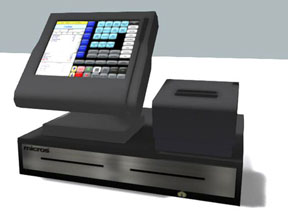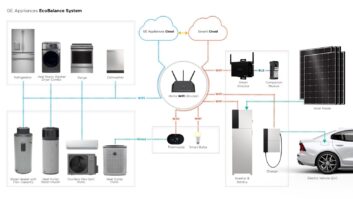
In this era of price transparency, you would think that it’s easy enough for a retailer to convey its price image to potential customers. After all, price image is a reflection of a store’s average price level so managing the price also manages the price image – right?
Like so many things in life, it turns out that it’s not quite so simple. In their excellent article “Low Prices are Just the Beginning: Price Image in Retail Management”, authors Ryan Hamilton and Alexander Chernev warn us that “…price image does not require specific item prices and/or reference prices as inputs… Consumers with limited price knowledge … [can] form an expectation of the general price level of a retailer solely on the basis of environmental cues…”
Price image is critical because a consumer’s perception of a retailer’s average price level will have a profound impact on her behavior. It will determine to what extent she will engage in comparison shopping, which retailers she will visit (and in what order), whether she will actually purchase an item and, if yes, how many items.
Here are some surprising facts about price image that all retailers should bear in mind for proper management of price image:
1. Consumers tend to form an image of a retailer’s average price level based on frequently purchased, big-ticket categories, with many consumers relying on as few as three to five key prices to form an overall impression.
Marketyze observation: Although proper “tail” management is important in retailing (5 Tail Management Challenges + 1 (Important) Tip for Success), when it comes to price image formation, pay special attention to key value items.
2. A retailer’s prices being competitive across a few vs. many product categories also influences price image.
Marketyze observation: Competitive pricing intelligence is critical in order to maintain a competitive edge across as many categories as possible, but without unduly sacrificing profit margins.
3. Pricing dynamics also play an important role in forming price image, with research showing that frequent shallow price promotions tend to increase sales volume more than less frequent deep discounts.
Marketyze observation: Here’s our take on dynamic pricing (infographic).
4. A competitive price-match policy signals a retailer’s confidence in its low prices and a commitment to maintain its low-price positioning. Research shows that price-match guarantees can work as low-price signals even when actual store prices are objectively high.
5. Price-based advertising is one of the most direct means retailers have of communicating a price image to customers and influencing how they evaluate prices. The more often a store promotes its low prices in communications, the lower its price image – as long as the retailer has a reputation for credibility.
6. A retail location’s physical characteristics (size, décor, location) are powerful factors in price image formation, as well as ambience and assortment (with big-box formats, for example, having a lower price image than specialty stores).
Marketyze observation: Similar factors will be at play based on the quality of the websites of online retailers.
7. The level of service impacts on a retailer’s price image such that higher levels of service tend to lead to higher price image evaluations.
Two Disconnects
Authors Hamilton and Chernev bring two examples of disconnects between price image and actual prices:
Many consumers view Target as a higher-priced store than Walmart, even though a recent study that tracked the prices of 55 different food and non-food products over three months revealed that Target’s prices are consistently as low or lower than Walmart’s.
People tend to perceive Nordstrom as a pricier alternative to Macy’s even though it has comparable prices in many categories and lower prices in some categories.
In short: Price image is not determined by prices alone but is a function of all the marketing-mix variables. As such, price image is an important aspect of a retailer’s strategic positioning and needs to be managed accordingly.
Ruth Hamer is digital marketing director of Marketyze, an Israel-based business that provides online and traditional retailers with advanced pricing intelligence software as a service [SaaS].













